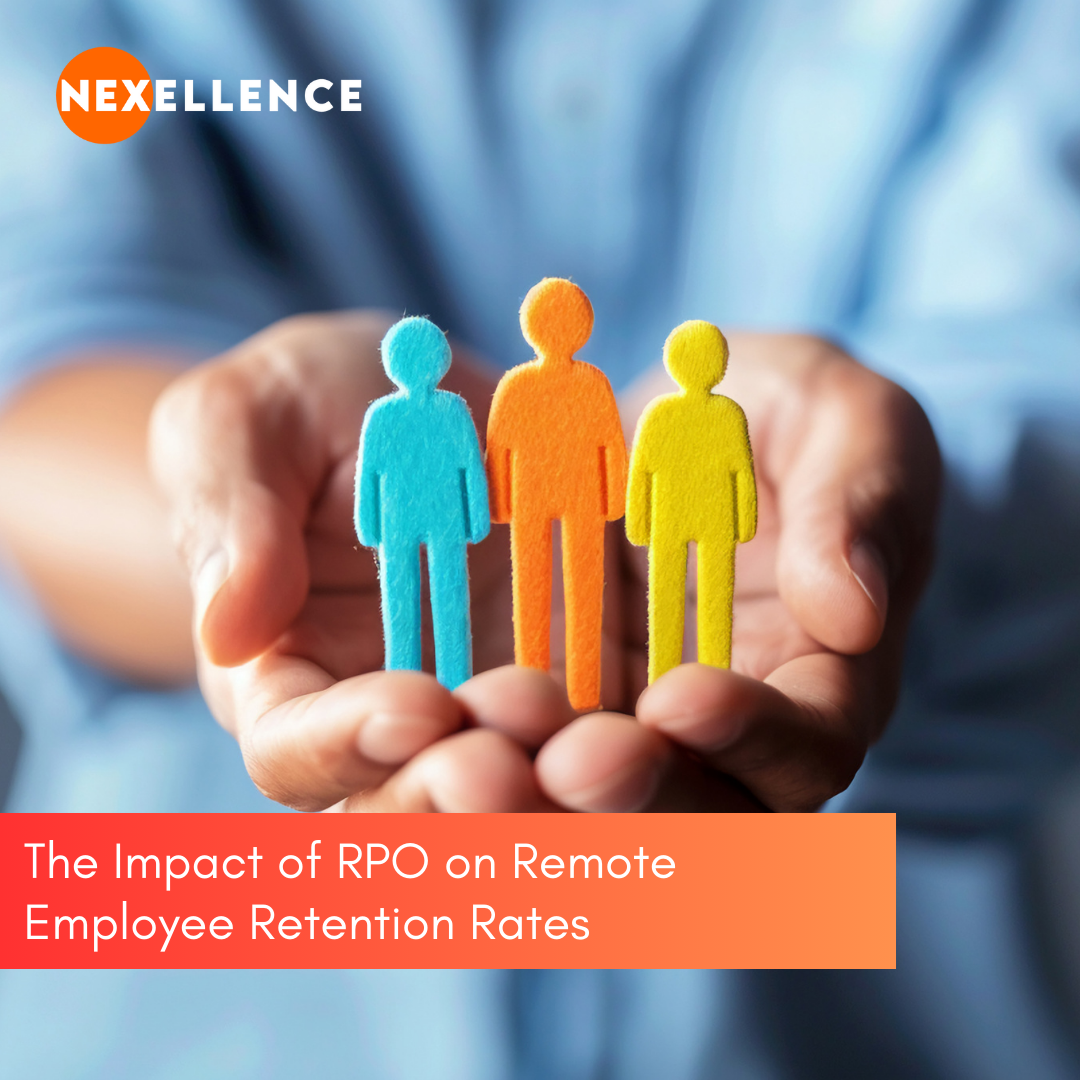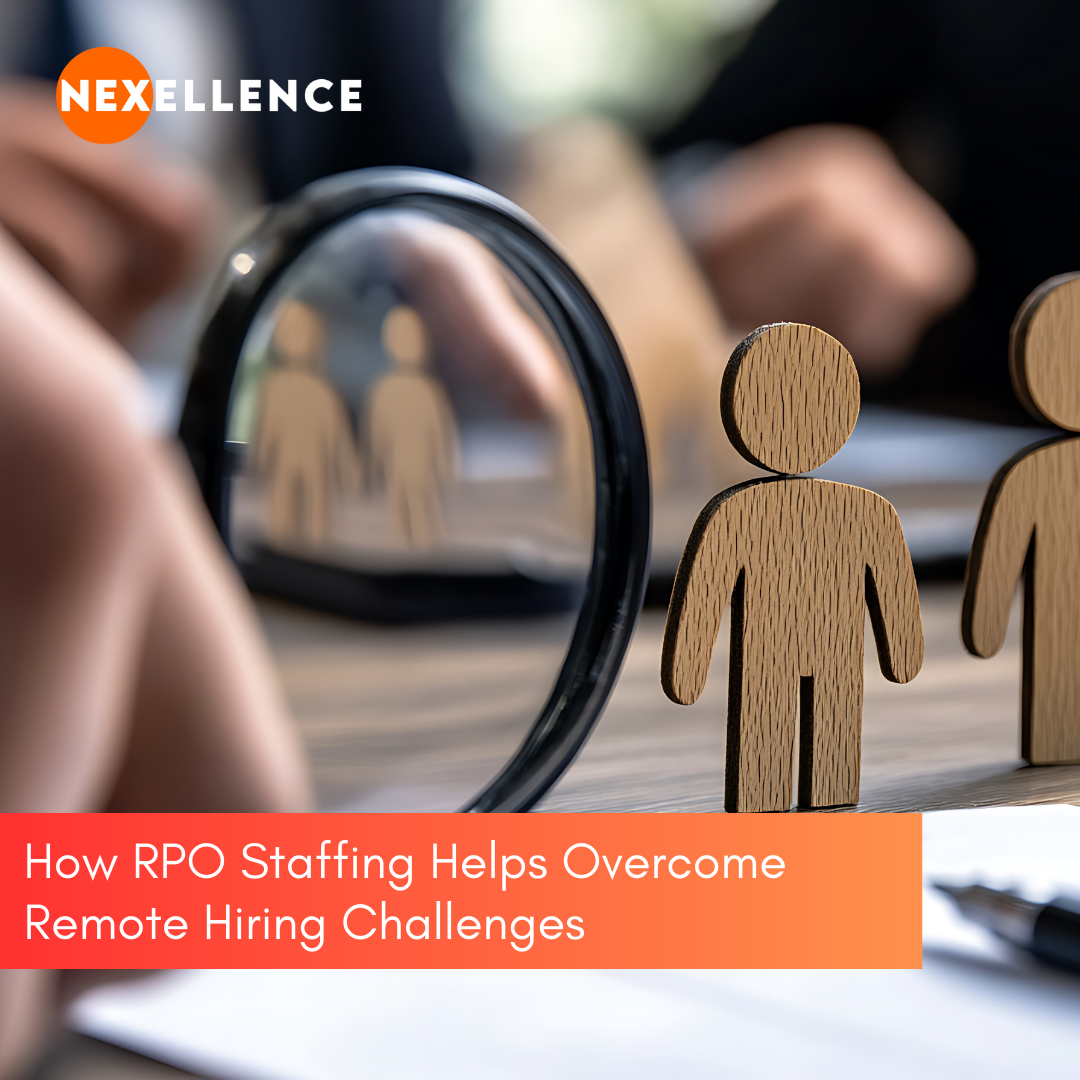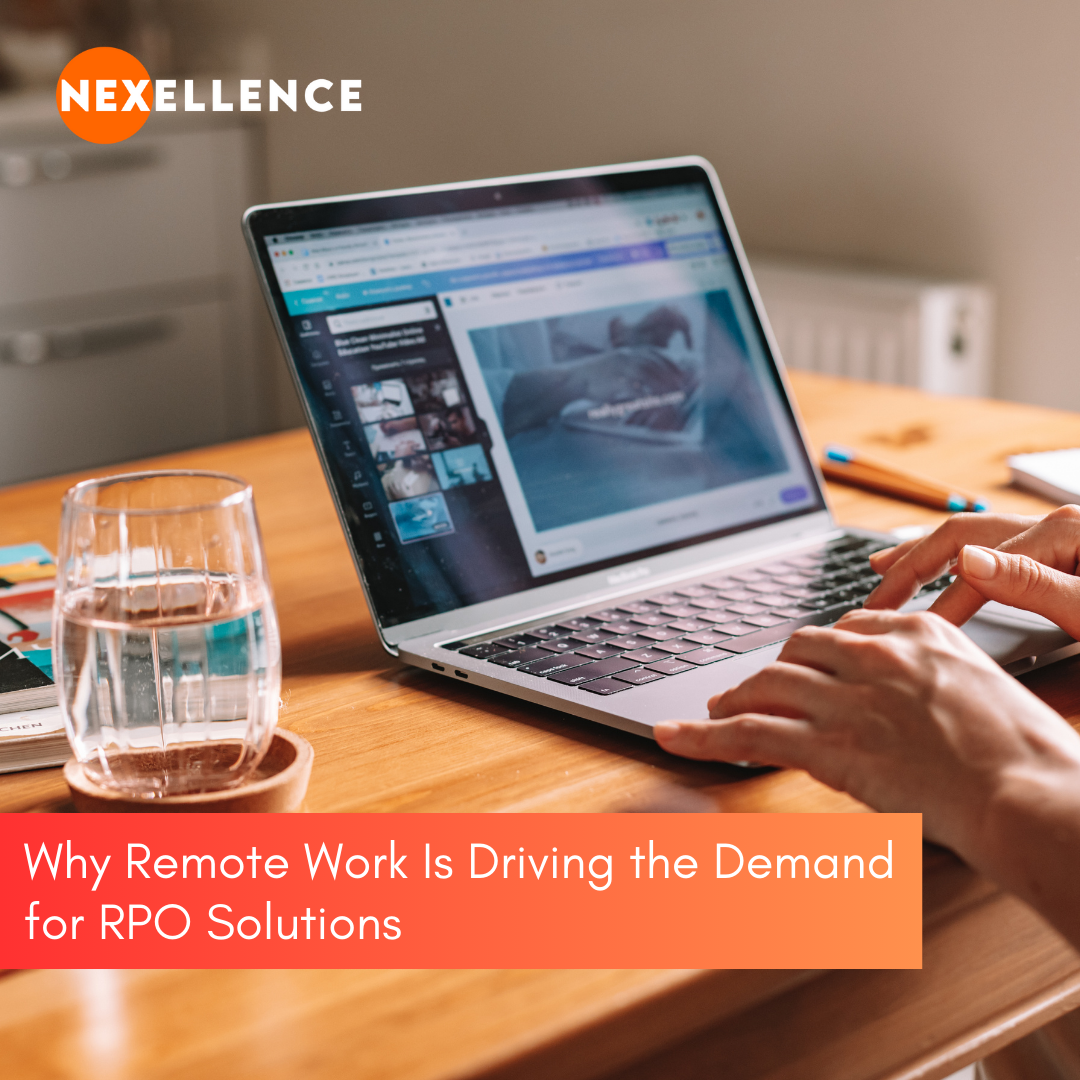Recruitment Process Outsourcing (RPO) offers numerous benefits, but it’s not without its challenges. To maximize the potential of RPO partnerships, businesses must navigate these challenges effectively. In this blog, we’ll discuss key considerations for successful RPO engagements and how to overcome common obstacles.
Understanding Your Needs
Before engaging an RPO provider, it’s crucial to have a clear understanding of your recruitment needs and goals. Consider the following:
- Scope of Services: Determine whether you need end-to-end recruitment support or assistance with specific functions such as sourcing, screening, or onboarding.
- Volume of Hires: Assess your hiring volume and how it fluctuates throughout the year. This will help you choose an RPO provider that can scale their services to meet your demands.
- Budget: Establish a budget for your RPO partnership, taking into account the potential cost savings and return on investment.
Choosing the Right RPO Provider
Selecting the right RPO provider is critical to the success of your recruitment strategy. Here are some factors to consider:
- Experience and Expertise: Look for providers with a proven track record in your industry and the specific expertise needed to meet your recruitment goals.
- Technology and Tools: Ensure that the provider uses advanced recruitment technology and tools that align with your needs and enhance the efficiency of the hiring process.
- Cultural Fit: The RPO provider should align with your company culture and values to ensure a seamless integration with your existing teams.
- Flexibility and Scalability: Choose a provider that can adapt to your changing needs and offer scalable solutions to accommodate growth or contraction in hiring volume.
Managing the Transition
Transitioning to an RPO model can be challenging, but careful planning and communication can ease the process. Consider these steps:
- Stakeholder Engagement: Involve key stakeholders in the decision-making process and keep them informed throughout the transition to ensure buy-in and support.
- Clear Communication: Establish clear communication channels and protocols with your RPO provider to facilitate collaboration and address any issues promptly.
- Training and Support: Provide training and support to your internal teams to help them adapt to new processes and technologies introduced by the RPO provider.
Measuring Success
To ensure the success of your RPO partnership, it’s essential to measure performance and outcomes regularly. Here are some metrics to track:
- Time-to-Hire: Monitor the time taken to fill open positions and identify any bottlenecks in the process.
- Quality of Hire: Evaluate the performance and retention of new hires to assess the effectiveness of the recruitment process.
- Candidate Experience: Gather feedback from candidates to understand their experience and identify areas for improvement.
- Cost Savings: Track the cost savings achieved through the RPO partnership and compare them to your initial budget and goals.
Conclusion
Recruitment Process Outsourcing (RPO) is transforming the way businesses approach talent acquisition, offering numerous benefits such as cost efficiency, access to expertise, and improved quality of hire. By understanding your needs, choosing the right provider, managing the transition effectively, and measuring success, you can navigate the challenges of RPO and maximize its potential to drive your business forward.





